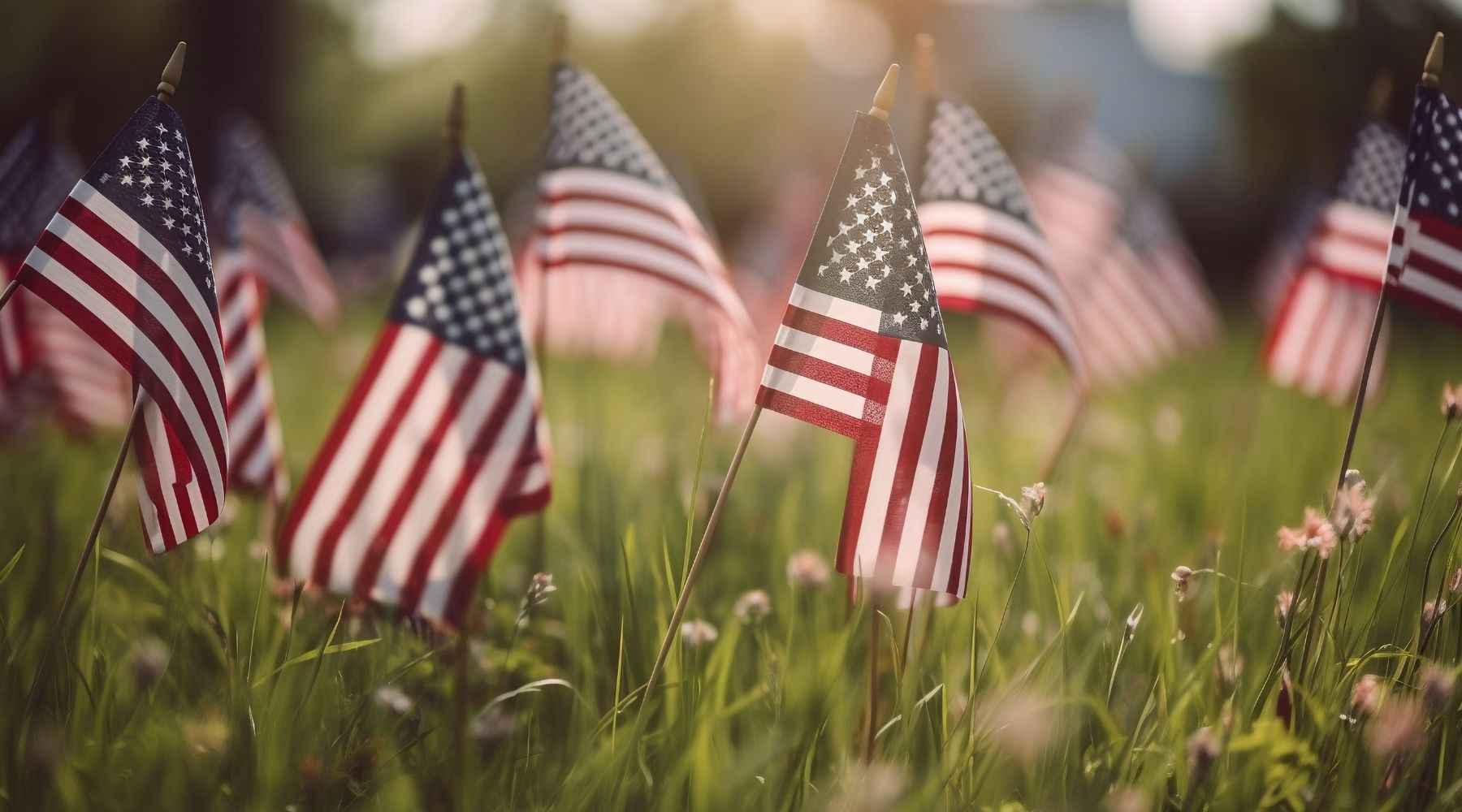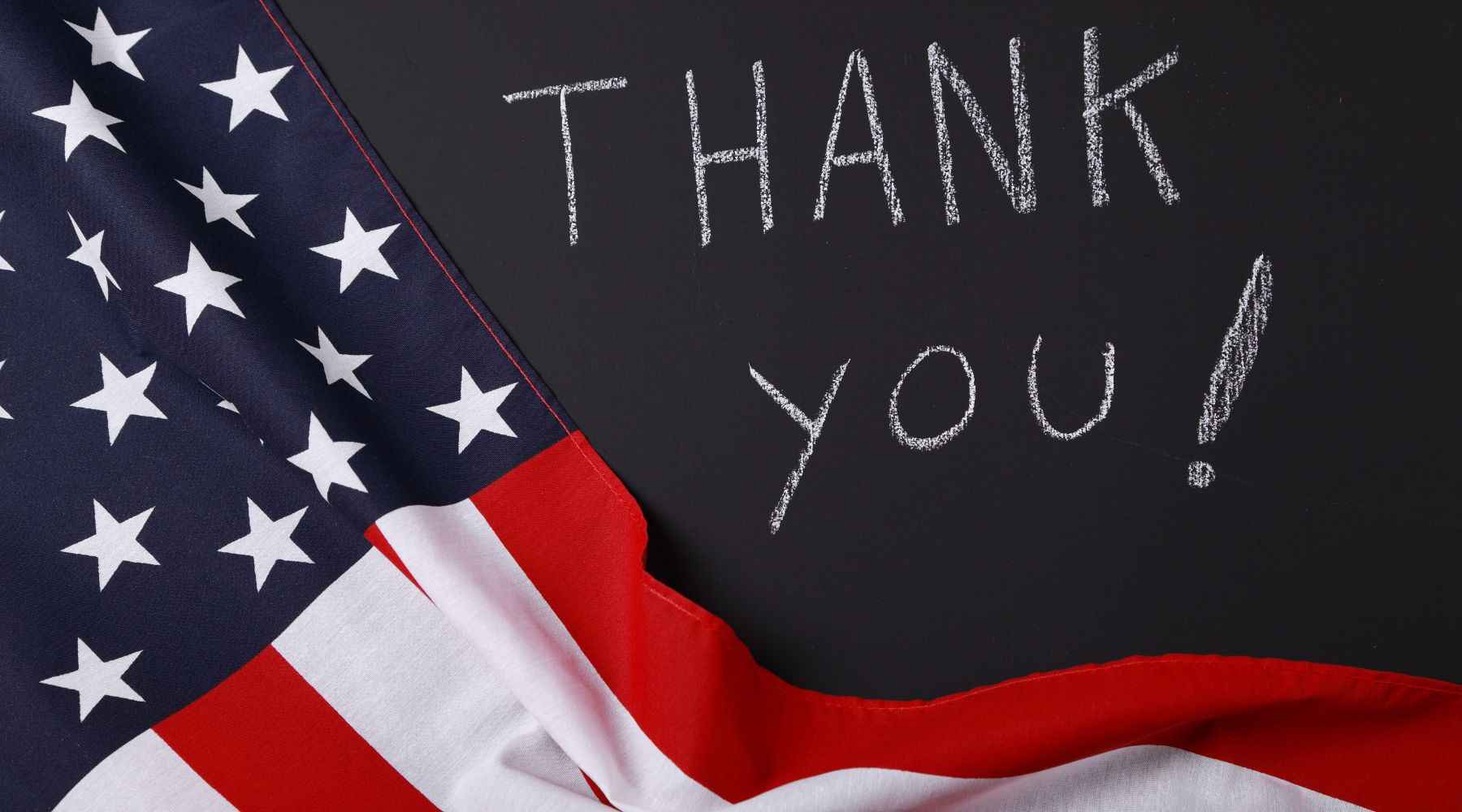
Hosting a Meaningful Memorial Day Event: Honoring Those Who Served
Memorial Day holds a solemn significance, inviting communities to pause, reflect, and pay tribute to the men and women who gave their lives in service to our nation. Hosting an event that balances respect, remembrance, and fellowship requires thoughtful planning and heartfelt touches. This guide walks you through every stage, from initial concept to closing reflections, ensuring your Memorial Day gathering truly honors those who served.
1. Define Your Event’s Purpose and Theme
Before delving into logistics, clarify the purpose and theme of your event. Ask yourself:
-
Primary Goal: Are you raising awareness, fundraising for veterans’ organizations, or simply creating a space for collective remembrance?
-
Tone: Will your event be formal and ceremonial, casual and community-driven, or a blend of both?
-
Theme: Consider a theme that ties faith, service, and community together, such as “Freedom Through Faith” or “Honoring Heroes, Embracing Hope.”
A well-defined purpose guides every decision, ensuring cohesion from invitations to final benedictions.
2. Assemble a Planning Committee
Effective events are rarely solo efforts. Invite a diverse committee to share responsibilities:
-
Veteran Liaison: Partner with a local VFW post or veterans’ organization to involve those with firsthand experience.
-
Faith Representative: Include a pastor, chaplain, or faith leader to incorporate spiritual elements.
-
Logistics Coordinator: Handle permits, seating, audio/visual equipment, and accessibility.
-
Hospitality Lead: Manage refreshments, seating arrangements, and volunteer hospitality.
-
Promotions: Oversee invitations, social media, and local press outreach.
Regular planning meetings (in-person or virtual) keep tasks on track and foster collaboration.
3. Choose an Appropriate Venue
Selecting the right setting sets the tone:
-
Outdoor Spaces: Parks, town squares, or military memorials offer open-air solemnity. Be sure to secure any necessary permits and consider weather contingencies (tents, heaters, fans).
-
Indoor Venues: Community centers, church halls, or school auditoriums provide shelter and AV support. Ensure ADA compliance and ample seating.
-
Hybrid Approach: Host a brief outdoor ceremony followed by an indoor reception to combine formality with fellowship.
Whichever venue you choose, prioritize visibility of flags and monuments, dignified staging, and clear sightlines for attendees.
4. Design Invitations and Publicity
An invitation serves both as information and inspiration. Craft messaging that honors sacrifice while inviting participation:
-
Invite Wording: “Please join us on Memorial Day, May 26, 2025, at 10:00 AM for a Community Remembrance Ceremony honoring our fallen heroes.”
-
Digital Outreach: Create a Facebook event, Instagram posts, and email blasts with patriotic imagery. Tag partnering organizations and encourage RSVPs.
-
Local Media: Send press releases to newspapers and radio stations to broaden reach. Include a brief event schedule and contact information for interviews.
-
Printed Flyers: Distribute at community centers, churches, and veteran facilities to ensure those without a strong online presence are informed.
Consistent branding, colors of red, white, and blue, and respectful imagery reinforce your event’s tone.
5. Craft a Thoughtful Ceremony Program
A well-structured ceremony balances formality with personal touches:
-
Welcome & Opening Remarks (5–7 minutes)
-
The emcee greets attendees, acknowledges dignitaries, and states the event’s theme.
-
National Anthem & Flag Presentation (5 minutes)
-
Local choir or soloist leads; color guard presents flags.
-
Moment of Silence (1 minute)
-
Invite all to pause in respectful reflection.
-
Scripture Reading & Prayer (5 minutes)
-
A faith leader reads a passage, such as Psalm 23 or John 15:13, followed by a prayer for the fallen and their families.
-
Veteran Testimonials (10–15 minutes)
-
Invite one or two veterans to share brief reflections, emphasizing service and sacrifice.
-
Musical Tribute (3–5 minutes)
-
Perform “Taps” or “Amazing Grace” on bugle or violin.
-
Community Speaker (5–7 minutes)
-
A local official or community leader offers remarks on the importance of remembrance.
-
Closing Blessing & Benediction (3–5 minutes)
-
Faith representative offers final prayer and blessing over attendees and heroes.
Provide printed or digital programs so guests can follow along and participate in responses.
6. Incorporate Faith and Reflection
Faith-based elements enrich remembrance and offer deeper meaning:
-
Scripture Banners: Display verses about courage and sacrifice, e.g., “Greater love has no one than this: to lay down one’s life for one’s friends” (John 15:13).
-
Prayer Stations: Set up small tables with crosses, prayer cards, and candles; invite attendees to light a candle and offer a prayer.
-
Memorial Wall: Provide name cards for guests to write the names of loved ones who served; affix cards to a large board under a banner reading “We Remember.”
These elements help attendees connect personally and spiritually to the ceremony.
7. Honor with Decor and Symbols
Visual cues reinforce the tribute:
-
Flag Displays: Position American flags at attention around the venue perimeter; include POW/MIA flags at center stage.
-
Red Poppy Pinning: Provide red poppies at the entry and encourage guests to pin one as a sign of remembrance.
-
Patriotic Florals: Arrange red roses, white lilies, and blue hydrangeas in urns or vases along aisles and the stage.
-
Symbolic Elements: Incorporate star-shaped lanterns, flag-inspired bunting, and wooden crosses draped with small flags.
Thoughtful decor choices honor tradition while inviting reflection.
8. Engage the Community through Service
Memorial Day is an opportunity for communal action:
-
Care Package Drive: Collect donated items for deployed troops or hospitalized veterans.
-
Seat Sponsorship: Offer attendees the chance to sponsor a folding chair in honor of a fallen service member; proceeds benefit a veteran support organization.
-
Veteran Resource Fair: Invite local nonprofits to set up booths with information on benefits, healthcare, and counseling services.
Service stations extend the ceremony’s impact beyond symbolic gestures.
9. Provide Hospitality and Fellowship
After the formal ceremony, welcome attendees to connect:
-
Light Refreshments: Offer lemonade, iced tea, and pre-packaged snacks for easy cleanup.
-
Hospitality Tent: Set up a shaded area with seating for veterans, seniors, and families.
-
Music & Mingling: Play soft patriotic instrumental music as background for casual conversation.
Simple hospitality fosters fellowship and gratitude among guests.
10. Create Commemorative Keepsakes
Encourage attendees to take home meaningful mementos:
-
Event Programs: Design printed booklets with the ceremony order, readings, and acknowledgments.
-
Memorial Book: Provide a guestbook for attendees to sign and leave messages; this becomes a treasured community artifact.
-
Faith-Inspired Apparel: Offer optional event merchandise, such as Christian T-Shirts bearing the ceremony logo alongside a Bible verse, or bespoke Christian Shirts featuring patriotic cross designs, as a tangible reminder of faith and freedom.
Keepsakes extend the ceremony’s significance long after the final benediction.
11. Encourage Reflection and Action Post-Event
The impact of your Memorial Day event endures when you invite ongoing engagement:
-
Social Media Recap: Post photos and videos of the ceremony, highlighting speakers and key moments. Encourage attendees to share their own memories using a dedicated hashtag (e.g., #HonorAndRemember2025).
-
Follow-Up Newsletter: Send a thank-you email to participants with links to veteran resources, local volunteer opportunities, and photos from the event.
-
Volunteer Opportunities: Highlight upcoming community projects, such as cemetery cleanups or care package assemblies, to sustain the spirit of service.
By providing clear next steps, you transform a single event into a movement of remembrance and support.
12. Closing Reflections and Blessing
Conclude your gathering with grace:
-
Final Prayer: Invite your faith leader to offer thanks for those who served, comfort for their families, and guidance for the community’s future.
-
Benediction: Offer a short blessing over the crowd, such as “May God bless America, and may we always honor the sacrifices made for our freedom.”
-
Recessional: Conclude with the playing of a patriotic hymn or march as attendees depart in respectful silence.
A dignified closing reinforces the event’s reverent tone and leaves a lasting impression of unity and gratitude.
Key Takeaway
Hosting a meaningful Memorial Day event demands careful planning, collaborative effort, and thoughtful incorporation of symbolism and faith. From defining your purpose and assembling a diverse committee to integrating God Shirts, designed with uplifting Christian messages, and facilitating post-event engagement, each element works in harmony to honor those who served. By blending ceremonial respect, faith-inspired reflection, and community service, your Memorial Day gathering will stand as a powerful tribute to heroes past, embodying gratitude, remembrance, and hope for the future. May your event inspire hearts, strengthen bonds, and forever honor the legacy of our fallen.
“Let us never forget that freedom is not free.”



Leave a comment
This site is protected by hCaptcha and the hCaptcha Privacy Policy and Terms of Service apply.